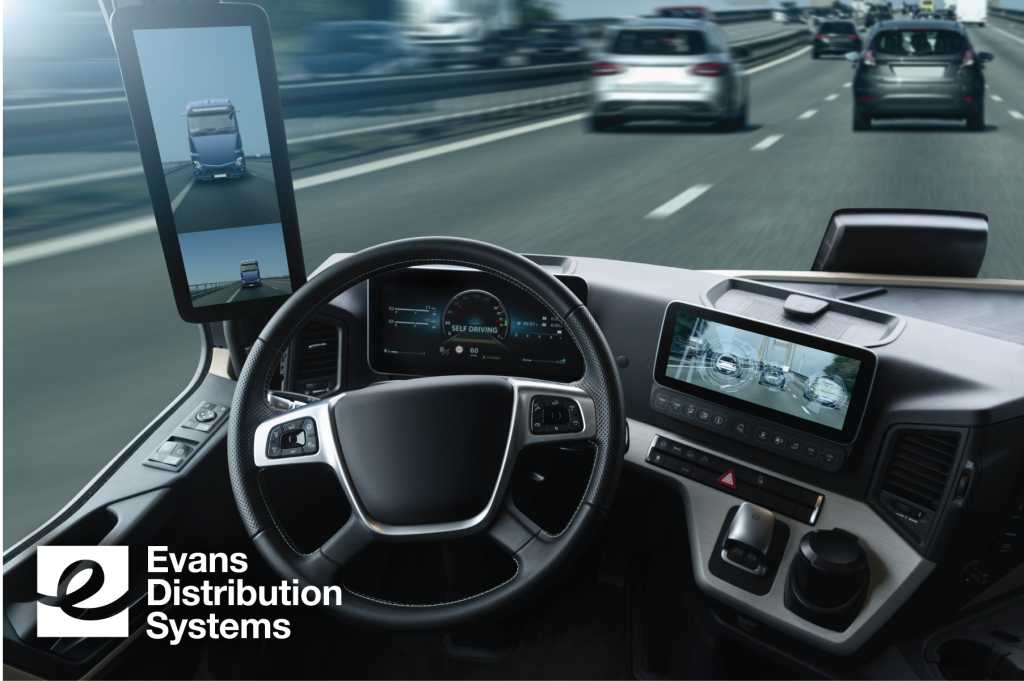FedEx, Volvo, Amazon—the race is on when it comes to driverless truck technology. The world’s largest logistics companies are actively partnering with technology companies to test driverless trucks on the road. Why is this so appealing? It alleviates labor and capacity shortages and provides another avenue for growth. It also relieves bottlenecks, increases safety, thereby strengthening the economy.
But there is a downside to the driverless phenomenon: The elimination of jobs and increased road hazards if the technology fails. Many believe the technology is not fully developed and unsafe. This article explores all sides of the driverless technology movement.
The Road to Becoming Driverless
No doubt, driverless is a big step. If at any point, a truck misreads a car, road sign, light signal or road path, an accident can occur. Add at least 25,000 pounds onto the equation and the problem becomes life threatening to motorists and pedestrians. The technology needs to be 100% accurate.
To drive autonomously, trucks are outfitted with cameras, lights, sensors, radar, ultrasound, wireless connectivity, and antennas to understand and navigate its surroundings. Trucks must have 360-degree visibility. This information is collected and processed real-time through a centralized computer system.
From there, the computer software integrates with the truck’s hardware to make sense of the world and develop a safe route. The software utilizes artificial intelligence and machine learning to make assumptions and decisions about the objects that are identified via camera and sensors. Like all machine learning, accuracy is achieved through extensive testing and repetition. Every truck that is synched to a particular software system, benefits from the collective learning power and high-definition mapping information. The processing power and intelligence are imperative to ensuring the truck can make accurate decisions at a moment’s notice.
They also have what’s known as high-assurance or redundant systems. Basically, every major system such as the braking or steering systems, have a secondary system that goes into effect upon failure of the first system. This dual system approach provides an additional layer of protection but is by no means an elimination of error. That’s why testing and refining the vision capabilities is an important step in turning this technology into a reality.
Legal and Regulatory Implications of Going Driverless
The legal and regulatory systems always seem to fall behind when adapting to new technology. Driverless vehicles are no different. There are major product liability issues revolving around driverless, from lack of programming, to underdeveloped artificial intelligence. The liability is shifting away from more traditional sources such as human error or weather conditions, to becoming complex and distorted under several layers of technological failures.
The regulatory landscape is slow to catch up to driverless technology as well. At the federal level, you have competing entities creating contradictory regulatory frameworks such as Federal Motor Carrier Safety Administration, Department of Transportation, U.S. National Highway Traffic Safety Administration, etc. Most of the regulations are published as “guidance or principles” and fail to outline precise safety measures.
Finally, any wireless connectivity and software poses a cybersecurity risk. Driverless trucks are at risk of becoming hacked and overtaken by another entity, resulting in a total loss of control of the truck. Security measures, privacy, and data protection regulations need to be set for the driverless technology companies as they create and update software over time. Hopefully many of these issues will be addressed by those that are driving the autonomous truck technology to becoming our new reality.
We want to hear from you! What do you think? Do the benefits of driverless trucks outweigh the risks? Share your thoughts on the issue at marketing@evansdist.com.

